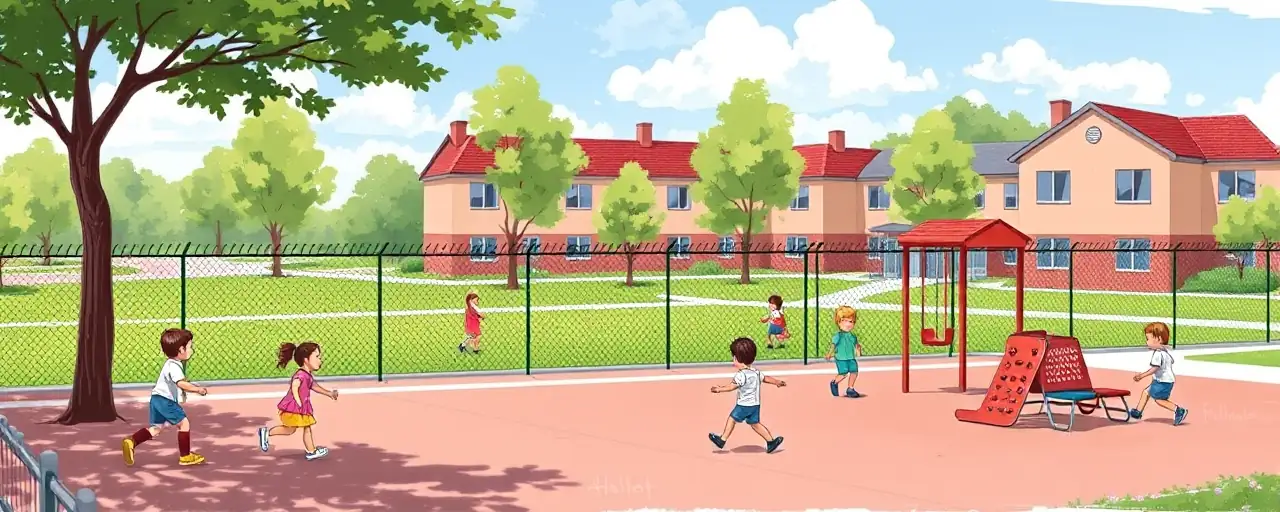A Wake-Up Call We Can’t Ignore
America’s schools are under siege, not just from the rare but devastating mass shootings that dominate headlines, but from a creeping tide of threats that demand action. The Eastern West Virginia Safety Summit, held December 9-10, 2024, in partnership with Safe and Sound Schools and the Berkeley County Commission, wasn’t some feel-good seminar. It was a battle cry for communities to take responsibility, arming local leaders with real tools to protect our kids. With 160 attendees from 13 states, including law enforcement and educators, this wasn’t a regional powwow, it was a national rallying point.
Let’s face it: the stakes couldn’t be higher. Our children deserve classrooms where learning, not survival, is the focus. The summit, funded by a Department of Homeland Security grant, tackled everything from behavioral threat assessments to community resilience, proving that safety isn’t a luxury, it’s a necessity. Critics might scoff, claiming these efforts overreact to isolated incidents. They’re dead wrong. This is about proactive defense, not paranoia, and it’s time we stop apologizing for putting our kids first.
Tools That Work, Not Woke Nonsense
The summit leaned hard into practical solutions, not the hand-wringing platitudes you’d hear from out-of-touch bureaucrats. Behavioral threat assessment teams, a cornerstone of the event’s focus, are proven to spot trouble before it explodes. Research from the National Threat Assessment Center shows schools using these multidisciplinary squads, blending educators, cops, and mental health pros, cut suspension rates by addressing root causes, not just symptoms. Contrast that with the zero-tolerance disasters of the ‘90s, which turned kids into statistics instead of helping them.
Then there’s the tech angle. Schools nationwide are rolling out wearable panic buttons like Silent Beacon 2.0 and electronic access controls to keep intruders out. Federal grants, like the STOP School Violence Program pumping $73 million a year, make it happen. Meanwhile, cybersecurity’s getting a boost with firewalls and encryption to shield student data from hackers. This isn’t about coddling, it’s about control, giving schools the edge against chaos. Anyone arguing this is ‘militarization’ misses the point: safety isn’t oppression, it’s empowerment.
A Legacy of Loss Fuels the Fight
Safe and Sound Schools, the summit’s driving force, was born from tragedy, not theory. Founders Michele Gay and Alissa Parker lost their daughters, Josephine and Emilie, in the Sandy Hook massacre of 2012. That heartbreak forged a mission to equip communities with research-backed frameworks, covering emergency ops, security, and policy. Their work’s no sob story, it’s a blueprint, and Berkeley County’s all in, using DHS funding to build threat assessment task forces across its six districts.
History backs this up. Columbine in 1999 flipped the script on school safety, exposing how warning signs get ignored until it’s too late. The feds stepped up with initiatives like the Safe Schools/
Terrorism’s Shadow Looms Large
Don’t kid yourself, the summit’s terrorism prevention angle isn’t some abstract sidebar. Targeted violence and radicalization aren’t just overseas problems, they’re here, festering in online echo chambers and broken communities. The DHS Center for Prevention Programs and Partnerships, alongside FEMA, bankrolled this event through the Targeted Violence and Terrorism Prevention Grant. Why? Because schools aren’t just classrooms, they’re targets. The United Nations Office of Counter-Terrorism notes global efforts hinge on local action, and Berkeley County’s proving it with county-wide collaboration.
Post-9/11, we learned the hard way that waiting for disaster courts disaster. The summit’s multidisciplinary push, uniting law enforcement with social services, echoes successful Countering Violent Extremism programs from 2011. It’s not about profiling, it’s about precision, identifying risks without trampling rights. Some might cry ‘Big Brother,’ but the real threat isn’t vigilance, it’s complacency. When half the summit’s attendees were cops, you know the front lines are engaged.
The Bottom Line: Action Beats Apathy
The Eastern West Virginia Safety Summit wasn’t a one-off, it was a launchpad. With participants from California to Connecticut, the message is clear: school safety’s a national priority, not a local footnote. The Berkeley County Commission’s leadership, backed by federal muscle, shows what’s possible when communities ditch the excuses and dig in. This isn’t about politics, it’s about results, and the data’s on our side, from lower suspension rates to fortified campuses.
We’ve got the tools, the will, and the cash, thanks to grants like ESSER and FEMA’s Nonprofit Security Program. The question is whether we’ll keep the momentum or let it fizzle under the weight of naysayers who’d rather debate than defend. America’s kids aren’t bargaining chips for policy wonks, they’re our future. Summits like this prove we can protect them, not with hope, but with hard-won strategy. Let’s not wait for the next headline to care.
